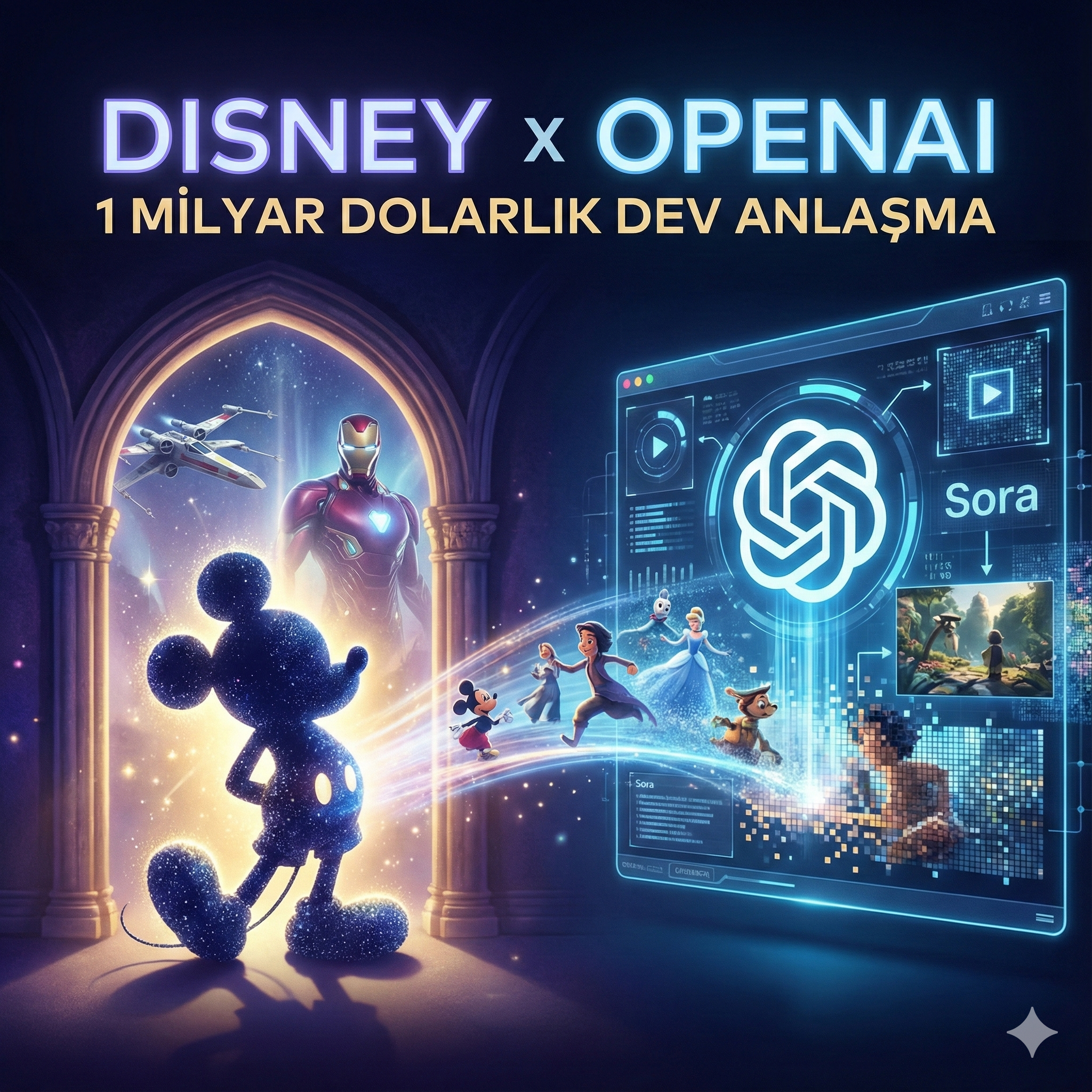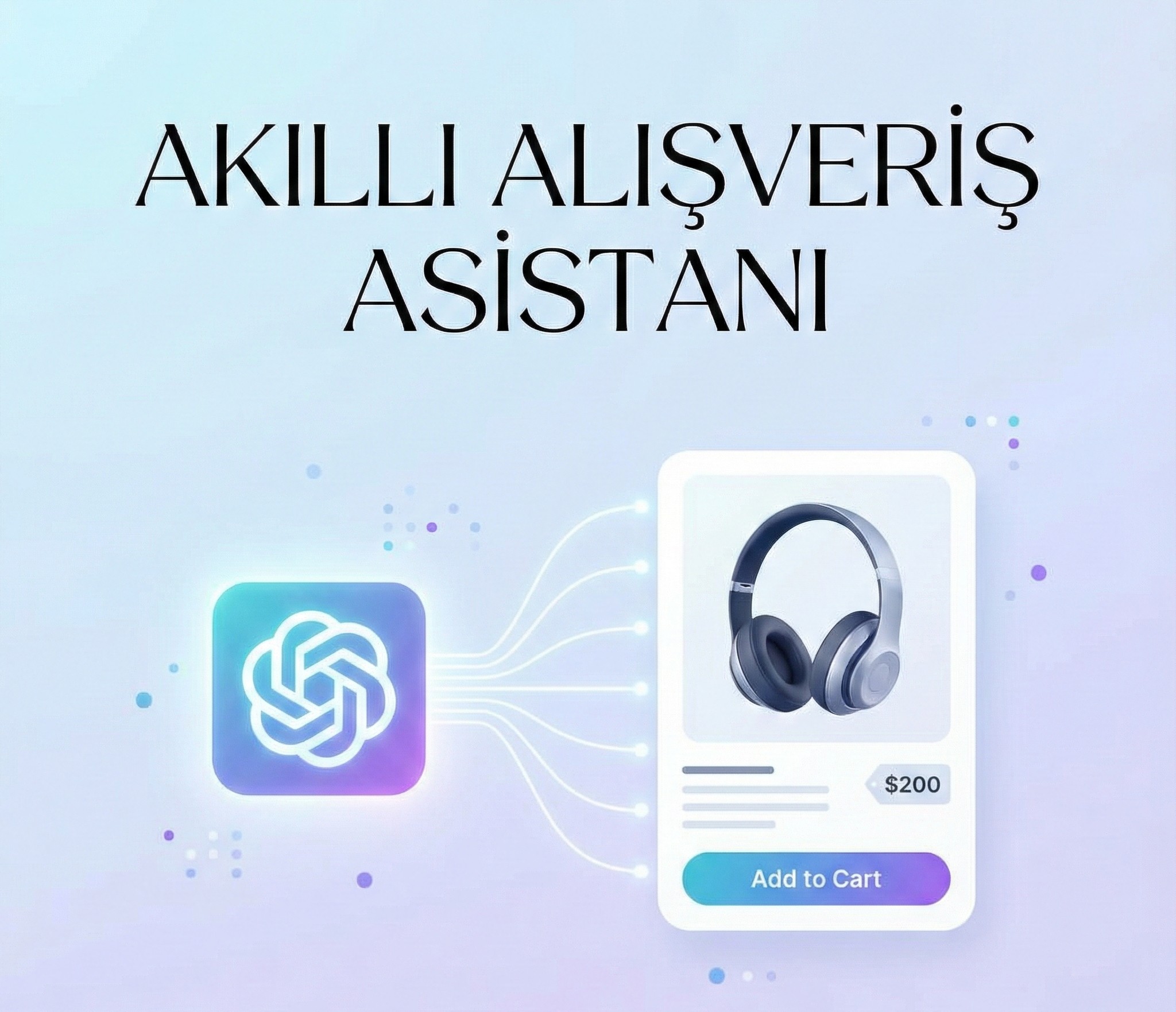In August 2025, xAI, founded by Elon Musk, took a significant step by announcing that Grok 2.5 is now open source. This move increases competition in the AI ecosystem while giving developers the chance to experiment with a powerful model and integrate it into their applications. However, the term “open source” here doesn’t follow the classic definition, but applies under specific license conditions. In this article, we break down the released contents, license details, setup steps, and the broader impact of this development on the industry.
What Was Released?
xAI published files on Hugging Face under the name “grok-2,” which include the training weights of Grok 2.5.
- Model size is approximately 500 GB and consists of 42 separate files.
- Alongside the weights, the tokenizer was also released.
- To run it, the latest version of the SGLang framework (v0.5.1 and above) is recommended.
- Minimum requirements include 8 GPUs with over 40 GB memory each. Thanks to FP8 quantization, performance can be optimized.
From this perspective, Grok 2.5 is not only accessible to researchers but also to developer teams with high-end hardware.
License Review
The released files come under a custom license called the “Grok 2 Community License Agreement.”
- Enforcement: Usage rights can be revoked in case of license violations.
- Attribution Required: “Powered by xAI” and the license notice must be visibly displayed.
- Permitted Use: Research use is free, and commercial use is allowed as long as the Acceptable Use Policy (AUP) is followed.
- Restrictions: The weights or model outputs cannot be used to train other base LLMs. Only fine-tuning on Grok 2 itself is allowed.
Thus, Grok 2.5 is not fully OSI-approved open source, but more accurately falls under the category of “open weights.”
Impact on the Ecosystem and Competitor Comparison
The open release of Grok 2.5 accelerates the race in open AI models.
- Meta’s Llama 3, Mistral’s Mixtral models, and DeepSeek are pursuing similar open-weight strategies to build community support.
- This move positions xAI not just as a producer of closed commercial models but also as a collaborator with the developer community.
- Elon Musk also announced that Grok 3 will be open-sourced within 6 months, meaning an even more powerful model will soon become accessible.
As a result, this step strengthens xAI’s position in both the research world and commercial competition.
Risks and Best Practices
While accessibility has improved, there are key considerations to keep in mind:
- License Compliance: Model outputs must not be used to train another LLM — a critical point for commercial projects.
- Hardware Costs: Running the model requires expensive resources, making it more suitable for companies and research labs than individuals.
- Privacy Risks: Grok chat links may be indexed by search engines, potentially exposing user data. Shared content should be treated as public.
As a best practice, following the AUP and implementing robust security measures are essential.
Why Grok 2.5’s Open Release Matters for the Future of AI
The open release of Grok 2.5 marks a new chapter in AI. Developers can now access a powerful model, conduct research, and even use it in commercial projects. However, license restrictions and privacy concerns must be taken seriously. With Grok 3 expected to be released soon under similar conditions, the coming months promise even greater competition and innovation in the open model ecosystem.





